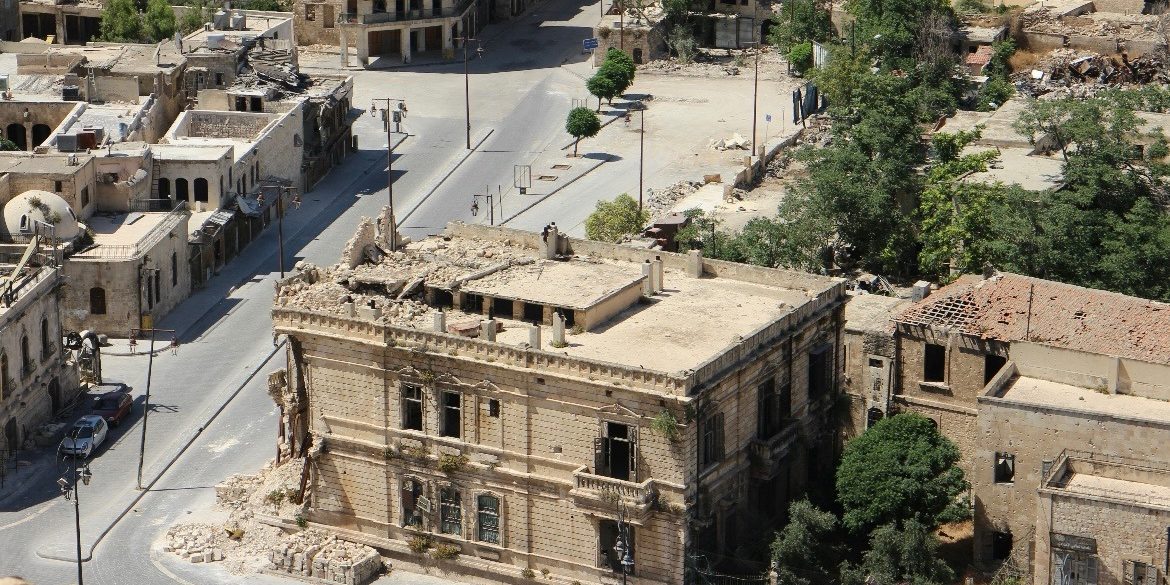Risky travel takes on a whole new meaning: The rise of war-zone tourism
While most travellers tend to avoid destinations steeped in political conflict and violence, some purposefully fly straight into them. Over the past decade, this has grown so rapidly that it is now termed “war-zone tourism”, “dark tourism” or “risk tourism”. War zone tourism has multiple definitions but the overarching meaning is that it is the recreational travel to areas associated with past or current war zones. Tourism in destinations with active wars and aggression has increased, with Israel recording double the number of long-term visitors and an increase in short-stay visitors in 2024.
In 2014, Vita Marias Drygas visited the Donbas region in Ukraine to shoot footage for a documentary when she came across an advert that claimed to sell “cheap” tours of the frontline. She initially thought it was a hoax until her research identified it as a whole new branch of tourism that was largely underground, and she went on to create her 2023 documentary Danger Zone. These tours, “Donbas war tour” and “Kyiv tour”, take visitors to view the impacts of the war in Ukraine.
Travellers claim personal experiences and adrenaline rush to be motivators
The documentary explores ‘extreme’ tourists and their motivations for visiting conflict zones. Danger Zone follows Rick, an American tour operator who organises trips to conflict zones for £16000 a week. He is seen taking holidaymakers to bombed-out flats in Syria where a family is living in the carnage.
This kind of tourism is mentioned to be appealing to those seeking a deeper, rawer understanding of the world and humanity. Travellers claim personal experiences and the adrenaline rush to be motivators. Photographer Pedro Mir has said that travelling to conflict and post-conflict countries offers him “a more human and less superficial perspective” and a lens to view how life reorganises after chaos.
Commercial war tourism raises a difficult question: is it a path to be tread on by tourists at all?
Humanitarian workers in war zones often tread on a thin line between witnessing and exploitation. Kevin Carter’s 1993 Pulitzer-winning photograph The Vulture and the Little Girl, which later became a symbol of ethical unease, lingers as a haunting example. Who is the benefactor of such images? Is it the subject, the photographer or the spectator? The boundary becomes less ambiguous with commercial tourism to sites of ruin, like Rick and his tourists in Syria. Drygas mentioned she often gets asked about one scene from the documentary: the Syrian mother asking the American tourists if they could take her daughter with them and away from the conflict. Commercial war tourism like Rick’s turns tragedy into itinerary.
Commercial war tourism raises a difficult question: is it a path to be tread on by tourists at all? What does it mean for the survivors and the departed with tourists walking, quite literally, on destruction and devastation? The answer is clear: intent matters. Educational visits rooted in remembrance and learning, to the Auschwitz Memorial and the Chernobyl Power Plant, are guided by respect. In contrast, the commercialisation of war zone tourism shifts the responsibility onto the traveller to be responsible in how they choose to see.

Comments